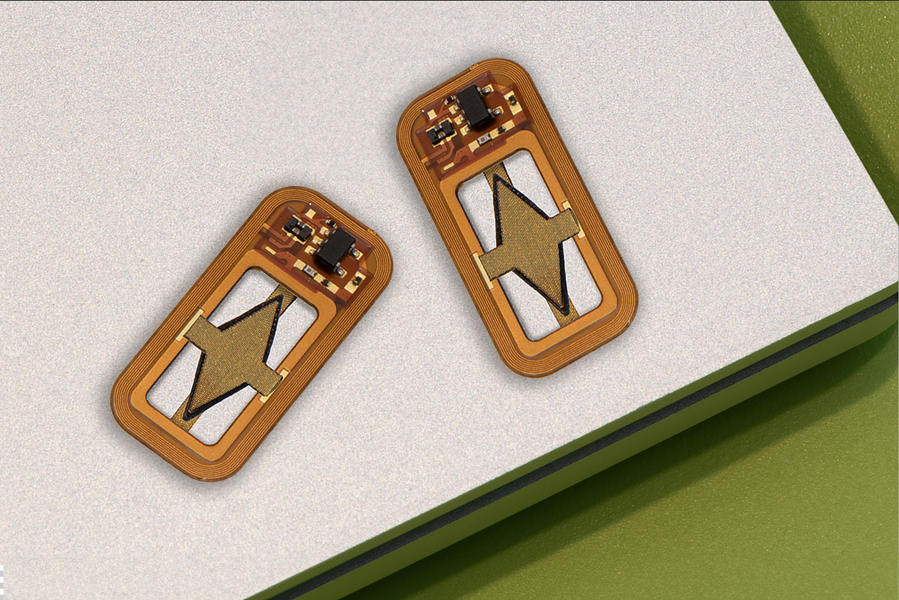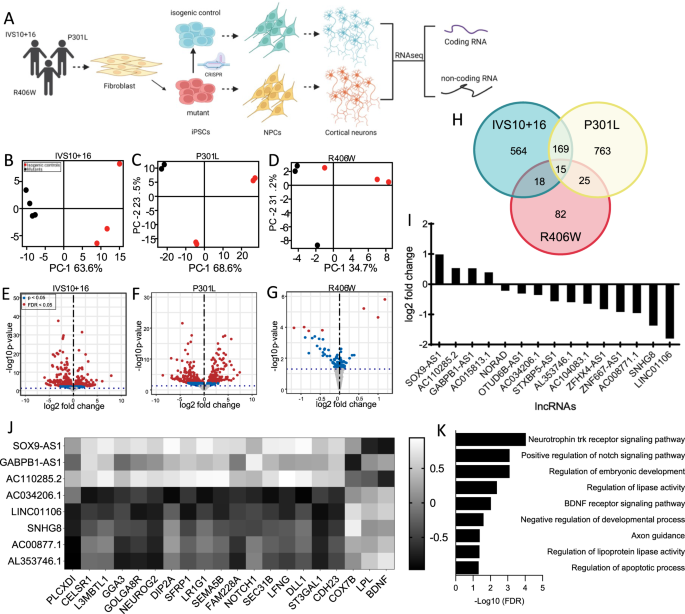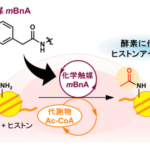2023-09-18 マサチューセッツ工科大学(MIT)

MIT engineers designed an implantable device that carries hundreds of thousands of islet cells along with its own on-board oxygen factory to keep the cells healthy.
Image: Felice Frankel
◆MITの研究者は、数十万のインスリン産生島細胞を運び、体内の水蒸気を分割して酸素を生成する装置を設計しました。この装置を糖尿病のマウスに埋め込むと、少なくとも1か月間、マウスの血糖値を安定させることが示されました。
◆研究者は、この装置をさらに大きくし、将来的に1型糖尿病の患者で試験する予定です。この方法は、他の治療蛋白質の繰り返し投与を必要とする他の疾患にも適応できる可能性があります。
<関連情報>
- https://news.mit.edu/2023/implantable-device-enable-injection-free-control-diabetes-0918
- https://www.pnas.org/doi/10.1073/pnas.2311707120
ワイヤレスでバッテリー不要のデバイスが生体内での酸素生成と治療用異種移植の免疫保護を可能にする A wireless, battery-free device enables oxygen generation and immune protection of therapeutic xenotransplants in vivo
Siddharth R. Krishnan, Claudia Liu, Matthew A. Bochenek, Suman Bose, Nima Khatib, Ben Walters, Laura O’Keeffe, Amanda Facklam, Robert Langer, and Daniel G. Anderson
Proceedings of the National Academy of Sciences Published:September 22, 2023
DOI:https://doi.org/10.1073/pnas.2311707120
Significance
Cell therapies for protein replacement result in functional cures for patients with chronic, life-threatening conditions such as Type 1 Diabetes (T1D), but their development has been limited by challenges in maintaining transplanted cell viability in vivo. Attack from host immune tissue and low oxygen levels represent two major causes of failure. This work addresses both challenges through an immune-isolating device that houses and oxygenates transplanted cells in vivo. The device oxygenates cells via electrolytic water vapor splitting inside the body, obviating the need for pumps and fluid handling mechanisms. The device is battery-free and relies on wireless energy harvesting, addressing challenges associated with battery recharging, size, and toxicity, potentially allowing for long-lived cell therapies in subcutaneous sites.
Abstract
The immune isolation of cells within devices has the potential to enable long-term protein replacement and functional cures for a range of diseases, without requiring immune suppressive therapy. However, a lack of vasculature and the formation of fibrotic capsules around cell immune-isolating devices limits oxygen availability, leading to hypoxia and cell death in vivo. This is particularly problematic for pancreatic islet cells that have high O2 requirements. Here, we combine bioelectronics with encapsulated cell therapies to develop the first wireless, battery-free oxygen-generating immune-isolating device (O2-Macrodevice) for the oxygenation and immune isolation of cells in vivo. The system relies on electrochemical water splitting based on a water-vapor reactant feed, sustained by wireless power harvesting based on a flexible resonant inductive coupling circuit. As such, the device does not require pumping, refilling, or ports for recharging and does not generate potentially toxic side products. Through systematic in vitro studies with primary cell lines and cell lines engineered to secrete protein, we demonstrate device performance in preventing hypoxia in ambient oxygen concentrations as low as 0.5%. Importantly, this device has shown the potential to enable subcutaneous (SC) survival of encapsulated islet cells, in vivo in awake, freely moving, immune-competent animals. Islet transplantation in Type I Diabetes represents an important application space, and 1-mo studies in immune-competent animals with SC implants show that the O2-Macrodevice allows for survival and function of islets at high densities (~1,000 islets/cm2) in vivo without immune suppression and induces normoglycemia in diabetic animals.


